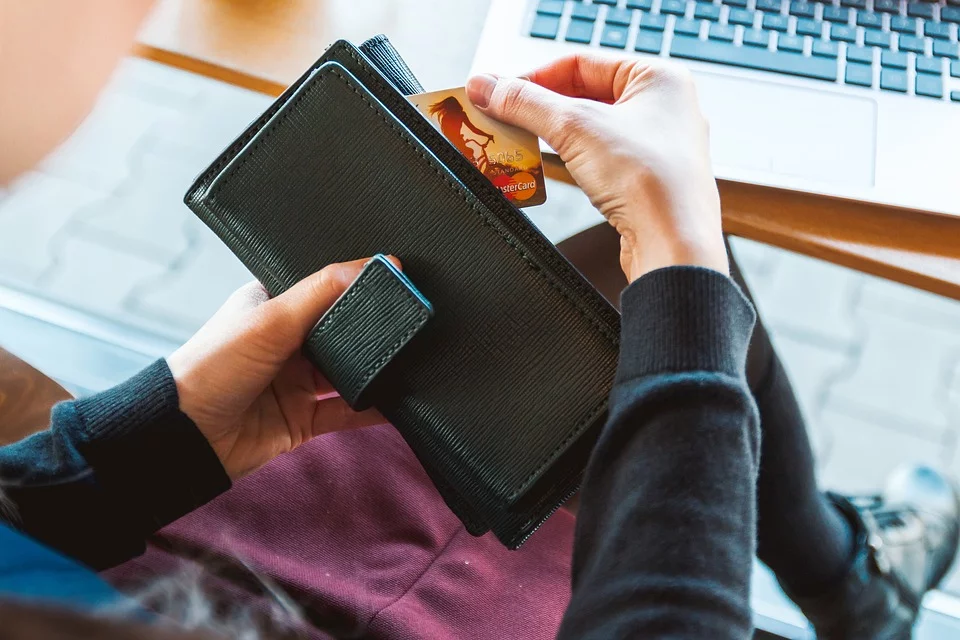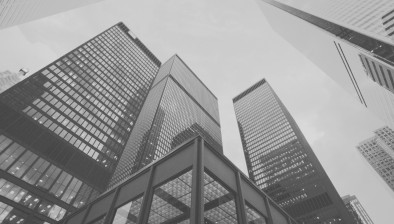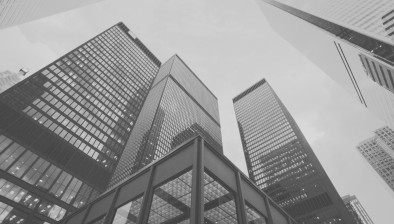Consumer price inflation rises to 0.6% in June as lockdown eased
The UK’s inflation rate rose to 0.6% in June as the coronavirus lockdown restrictions began to ease.

According to the Office For National Statistics (ONS), the Consumer Prices Index (CPI) rose slightly from the four-year low of 0.5% seen in May.
The ONS has indicated that throughout June, food and alcohol prices dropped but prices for clothing and games increased.
Despite the slight increase in the rate, inflation remains below the Bank of England’s 2% target.
Jonathan Athow, deputy national statistician for economic statistics at the ONS, said: “The inflation rate has increased for the first time this year, but remains low by historical standards. Due to the impact of the coronavirus, clothing prices have not followed the usual seasonal pattern this year, with the normal falls due to the start of the summer sales failing to materialise.
“Prices for computer games and consoles have risen, but food prices, particularly vegetables, have fallen.”
Throughout June, men’s clothing rose in price, with increases seen across almost the full range. Women’s clothing showed “a more mixed picture across the different products” according to the ONS, but the overall effect was still upwards.
Games, toys and hobbies, particularly computer games and computer games consoles, made the biggest contribution to the inflation rise.
The ONS said: “It is possible that prices have been influenced by the coronavirus (Covid-19) lockdown changing the timing of demand and the availability of some items, particularly consoles.”
Howard Archer, chief economic advisor to the EY ITEM Club, said: “Despite edging up in June, the EY ITEM Club believes Inflation is likely to fall back further over the next few months and could get as low as 0.1% over the summer.
“Relatively weak demand and price conscious consumers are likely to limit inflation in the near term at least. While the economy has come off its April lows, consumers look likely to be relatively cautious in their spending for some time to come.
“The near-term fundamentals for consumer spending have taken a downturn as a result of COVID-19. Many people have already lost their jobs, despite the supportive government measures, while others will be worried that they may still end up losing their job once the furlough scheme ends. Additionally, many incomes have taken a hit. This is likely to keep consumers price conscious for some time, even when the economy starts to recover. Limited earnings growth will also have a dampening impact on inflation.
“The temporary VAT cut from 20% to 5% in the hospitality sector for six months from mid-July will add to near-term downward influences currently coming from limited demand.”
Kevin Brown, savings specialist at Scottish Friendly, added: “The slight uptick in inflation comes as a bit of a surprise given that there are still lockdown measures in place and consumer spending opportunities remain limited. But at 0.6% inflation remains well below the Bank of England’s target of 2% meaning that steps to help boost the economy could be taken later this year.
“In the meantime, many households continue to try and build up a savings buffer where possible. Sadly, their efforts to boost their finances has coincided in a dramatic decline in savings rates and fewer products to choose from as providers pull back from the market.
“With inflation rising for the first time this year, savers will be even more hard-pressed to find a home for their cash that offers interest higher than 0.6%. Hopefully this won’t discourage those consumers who have taken a more active approach to managing their finances since the start of lockdown from continuing to shop around to find the best ways to maximise their interest income.”
Deba
“A deflationary environment and elevated uncertainty means interest rates are likely to remain at ultra-low levels well into next year.”









